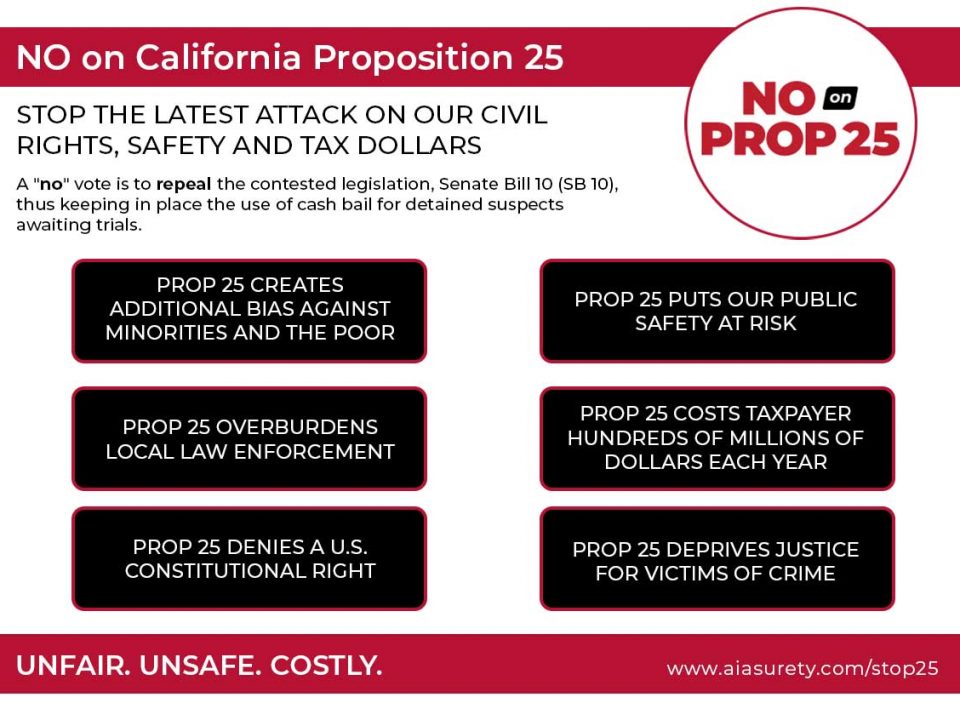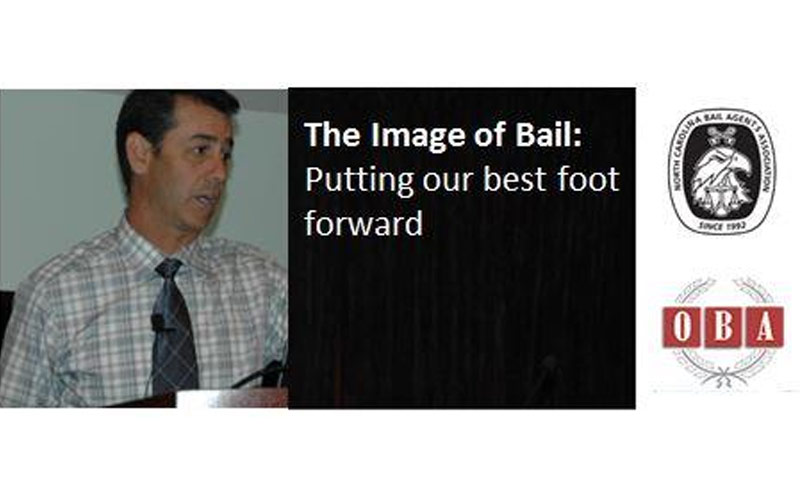- Need a bail bond?
- (800) 938-2245
- [email protected]
Bail Bond Process
THE NATION'S LARGEST BAIL BOND NETWORK
(800) 938-2245

FIND A LOCAL BAIL BOND AGENT NOW
The ExpertBail Network is comprised of the industry’s best, most experienced and most trusted bail bond agents.
- Nationwide bail bonds. Anywhere. Anytime.
- Largest network of local bail agents in every state bail can be written.
- Raising the standards in the bail industry.
- Fast and Reliable.
- Se Habla Español.

Read the article published by The Grand Rapids Press. It briefly covers the basics of the various ways people can be released from jail, including: surety bonds, cash bonds and own recognizance. It also explains who actually makes the decision on how a defendant can be released and factors they consider.
Law Talk: What is the process for bonding out of jail?
By Barton Deiters | The Grand Rapids Press
It’s a good bet that whenever someone finds themselves behind bars, the first thing on their mind is “How do I get outta here?”
And unless the incarcerated has a fat savings account or a wealthy and generous relative, that answer comes in the form of a call to a bail bond agency.
This week, David Reister poses a terse, but for many, pertinent query: “Will you please explain the bail bond system, including personal recognizance?”
Bonds are usually first set at the time of arraignment when the accused appears before a district court judge or magistrate to hear the charges he or she will be facing.
Kentwood District Court Judge William Kelly is one of the people who sets bonds and he explains the art of setting a bond amount.
“The judge takes into account various factors in setting bonds, including the person’s prior record, previous record of appearances or nonappearances in court, history of substance abuse, the seriousness of the offense charged, the person’s mental condition, the person’s employment status, and facts indicating ties to the community” said Kelly, who was first elected to the Kentwood bench in 1978. “All bonds include conditions of not violating any laws, keeping the court notified of the person’s address, showing up on time for court, and not leaving the state of Michigan.”
To ensure the safety of the public and make sure of the defendant’s appearance in court, conditions such as, abstaining from alcohol and drugs, reporting to a monitor, and not contacting the victim can be imposed, Kelly said.
Judges can and do set bonds as low as a couple hundred dollars for low level crimes by first-time offenders, to $1 million for a suspect who is required to have a bond, but has an ugly criminal record and is considered by the judge a potential flight risk or may commit another crime.
On serious offenses such as murder or kidnapping, bond can be denied altogether.
Once the amount has been determined, the judge can set a personal recognizance bond that means the suspect doesn’t have to put up any actual money, but if they fail to show for a court appearance or break the conditions of their bond, they can be held responsible for the full amount of the bond.
The judge may also decide to allow a suspect to pay 10 percent of the bond. For example, a person with a $50,000 bond would only have to put up $5,000. But like a recognizance bond, violating the terms would mean the full bond would be applied.
Then there is the cash surety bond, where the defendant is required to put up the full amount, leading many to seek the service of a bond agency.
That’s where someone like Nicholas Aboosamra – an agent with All Points Bail Bond Agency along with Michael Slingerland – comes in.
“The Bail Bond system in America is a process we inherited from the British and has changed little in 200 years,” said Aboosamra. “In its original form, a person accused of a crime could be released from the custody of the court by having a family member offer themselves up to serve their sentence if they failed to appear to answer for their alleged crime.”
With cash surety bonds, the bond agent will typically charge 10 percent of the face value in order to post the bond with the court, allowing the defendant to go free, Aboosamra said. So, with a $5,000 bond, the bonding company will charge a non-refundable $500.
The bond agent then becomes responsible for the defendant and if he or she breaks bond conditions or fails to show for a court date, it’s up to the agent to track down the suspect.
The bond agents also provide their services with 10 percent bonds. Here, if a defendant has to come up with $500 on a $5,000 bond, the agent will charge a non-refundable $125 and put up the rest of the case to the court Aboosamara said.
Jails typically have a list of bail bond agencies that can be accessed by defendants or their friends or families.
Original Article: Law Talk: What is the process for bonding out of jail?

Get Out of Jail Free: Taxpayer-Funded Grants Place Criminals on Street
September 13, 2011
ExpertBail Agent, Roger Adair’s Radio Interview
September 16, 2011Bail Bond Process
Read the article published by The Grand Rapids Press. It briefly covers the basics of the various ways people can be released from jail, including: surety bonds, cash bonds and own recognizance.
Read the article published by The Grand Rapids Press. It briefly covers the basics of the various ways people can be released from jail, including: surety bonds, cash bonds and own recognizance. It also explains who actually makes the decision on how a defendant can be released and factors they consider.
Law Talk: What is the process for bonding out of jail?
By Barton Deiters | The Grand Rapids Press
It’s a good bet that whenever someone finds themselves behind bars, the first thing on their mind is “How do I get outta here?”
And unless the incarcerated has a fat savings account or a wealthy and generous relative, that answer comes in the form of a call to a bail bond agency.
This week, David Reister poses a terse, but for many, pertinent query: “Will you please explain the bail bond system, including personal recognizance?”
Bonds are usually first set at the time of arraignment when the accused appears before a district court judge or magistrate to hear the charges he or she will be facing.
Kentwood District Court Judge William Kelly is one of the people who sets bonds and he explains the art of setting a bond amount.
“The judge takes into account various factors in setting bonds, including the person’s prior record, previous record of appearances or nonappearances in court, history of substance abuse, the seriousness of the offense charged, the person’s mental condition, the person’s employment status, and facts indicating ties to the community” said Kelly, who was first elected to the Kentwood bench in 1978. “All bonds include conditions of not violating any laws, keeping the court notified of the person’s address, showing up on time for court, and not leaving the state of Michigan.”
To ensure the safety of the public and make sure of the defendant’s appearance in court, conditions such as, abstaining from alcohol and drugs, reporting to a monitor, and not contacting the victim can be imposed, Kelly said.
Judges can and do set bonds as low as a couple hundred dollars for low level crimes by first-time offenders, to $1 million for a suspect who is required to have a bond, but has an ugly criminal record and is considered by the judge a potential flight risk or may commit another crime.
On serious offenses such as murder or kidnapping, bond can be denied altogether.
Once the amount has been determined, the judge can set a personal recognizance bond that means the suspect doesn’t have to put up any actual money, but if they fail to show for a court appearance or break the conditions of their bond, they can be held responsible for the full amount of the bond.
The judge may also decide to allow a suspect to pay 10 percent of the bond. For example, a person with a $50,000 bond would only have to put up $5,000. But like a recognizance bond, violating the terms would mean the full bond would be applied.
Then there is the cash surety bond, where the defendant is required to put up the full amount, leading many to seek the service of a bond agency.
That’s where someone like Nicholas Aboosamra – an agent with All Points Bail Bond Agency along with Michael Slingerland – comes in.
“The Bail Bond system in America is a process we inherited from the British and has changed little in 200 years,” said Aboosamra. “In its original form, a person accused of a crime could be released from the custody of the court by having a family member offer themselves up to serve their sentence if they failed to appear to answer for their alleged crime.”
With cash surety bonds, the bond agent will typically charge 10 percent of the face value in order to post the bond with the court, allowing the defendant to go free, Aboosamra said. So, with a $5,000 bond, the bonding company will charge a non-refundable $500.
The bond agent then becomes responsible for the defendant and if he or she breaks bond conditions or fails to show for a court date, it’s up to the agent to track down the suspect.
The bond agents also provide their services with 10 percent bonds. Here, if a defendant has to come up with $500 on a $5,000 bond, the agent will charge a non-refundable $125 and put up the rest of the case to the court Aboosamara said.
Jails typically have a list of bail bond agencies that can be accessed by defendants or their friends or families.
Original Article: Law Talk: What is the process for bonding out of jail?



